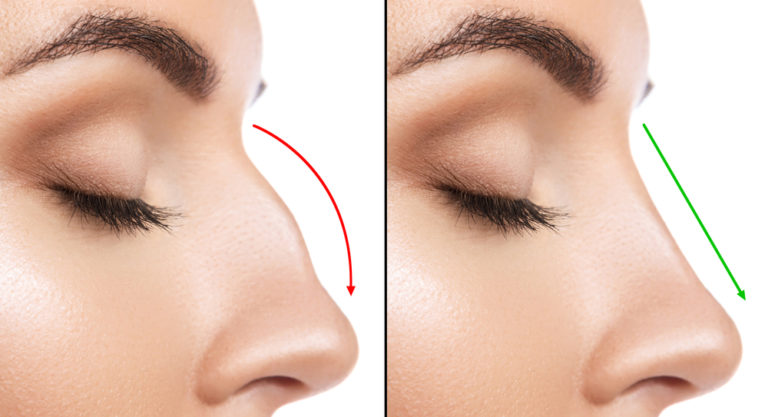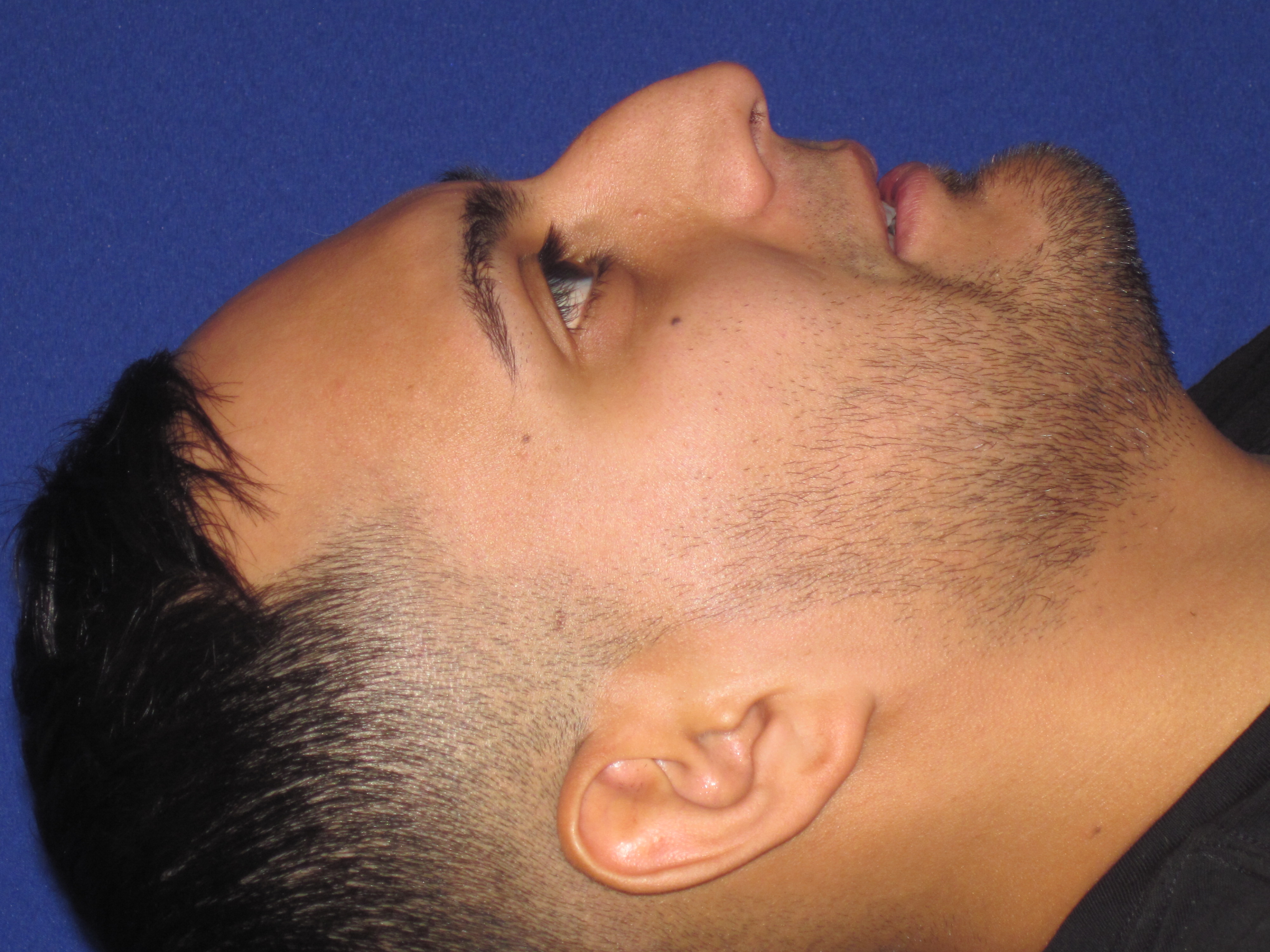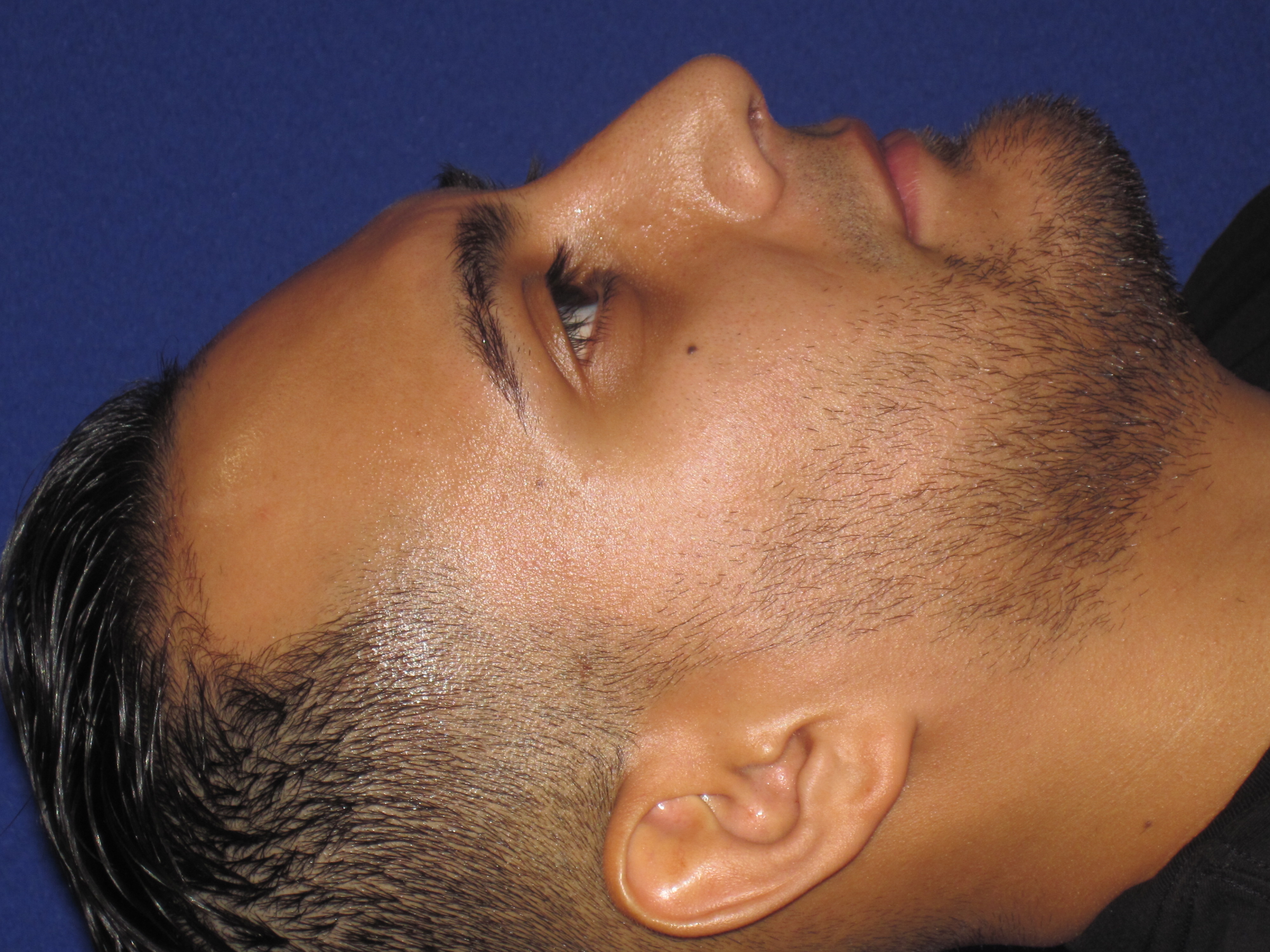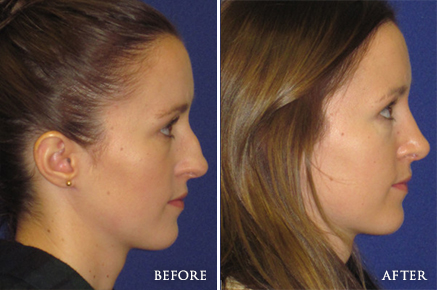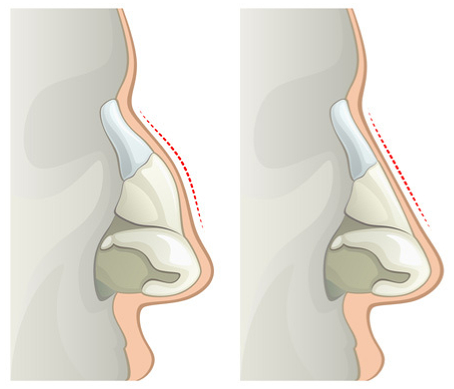STEPS TO PERFORMING CLASSIC HUMP REDUCTION
It takes more than just simply taking down the hump on the nose to properly perform a hump reduction.
The steps Dr. Corrado takes when performing classic hump reduction include:
- Reduce the size of the hump.
- Perform osteotomies to reposition the nasal bones to close the “open roof” which results after hump reduction.
- Possibly place a radix graft and/or spreader grafts depending on the specific case.
- Re-align the tip projection and rotation to look good with new bridge height.





